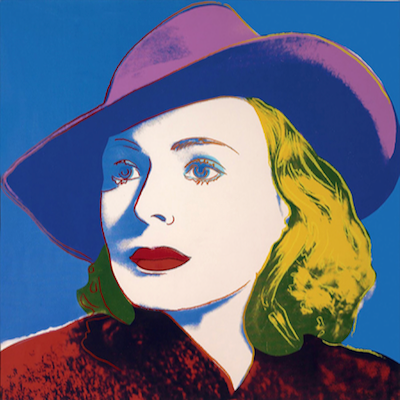



Details
Artist
Styles
Acrylic sculpture; signature on certificate; perfect condition // Backside Brussels III by Jonathan Monk is a clever acrylic wall sculpture from 2016 that examines themes of iconic imagery and hidden detail. The piece appears as a minimal white box with a tiny black dot in the center, which, upon investigation, represents the back of a miniature Manneken Pis sculpture on the reverse side of the box. This particular edition features a colorful, unique variant of the Manneken Pis inside, adding a playful twist to its otherwise minimalist facade. Part of a series of 14 unique sculptures, each with a different variant of the Manneken Pis, this piece encourages the viewer to look beyond the surface. Signed on a certificate, Monk’s work combines wit and simplicity, challenging perceptions and inviting curiosity in a sleek and understated form.
Backside Brussels III, 2016
form
Medium
Size
40 x 40 X 4 cm
- Inches
- Centimeters
Edition
Price
- USD
- EUR
- GBP
Details
Artist
Styles
Acrylic sculpture; signature on certificate; perfect condition // Backside Brussels III by Jonathan Monk is a clever acrylic wall sculpture from 2016 that examines themes of iconic imagery and hidden detail. The piece appears as a minimal white box with a tiny black dot in the center, which, upon investigation, represents the back of a miniature Manneken Pis sculpture on the reverse side of the box. This particular edition features a colorful, unique variant of the Manneken Pis inside, adding a playful twist to its otherwise minimalist facade. Part of a series of 14 unique sculptures, each with a different variant of the Manneken Pis, this piece encourages the viewer to look beyond the surface. Signed on a certificate, Monk’s work combines wit and simplicity, challenging perceptions and inviting curiosity in a sleek and understated form.
- Recently Added
- Price (low-high )
- Price (high-low )
- Year (low-high )
- Year (high-low )
What is pop-art?
Pop Art is an art movement that began in Britain in 1955 and in the late 1950s in the U.S. It challenged traditional fine arts by incorporating imagery from popular culture, such as news, advertising, and comic books. Pop Art often isolates and recontextualizes materials, combining them with unrelated elements. The movement is more about the attitudes and ideas that inspired it than the specific art itself. Pop Art is seen as a reaction against the dominant ideas of Abstract Expressionism, bringing everyday consumer culture into the realm of fine art.


















